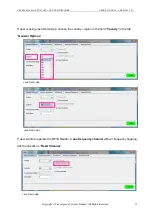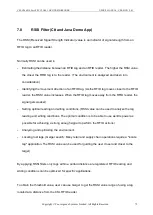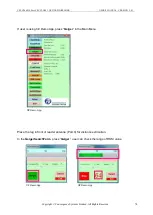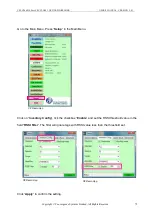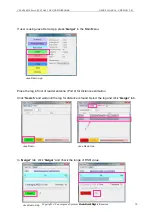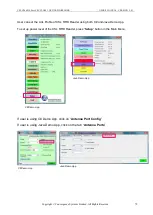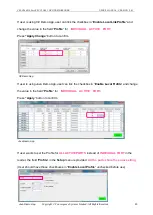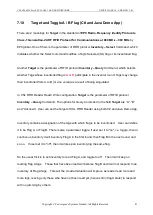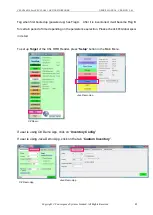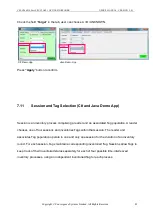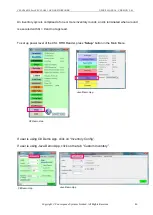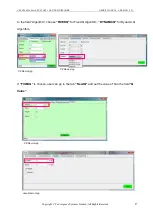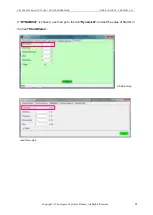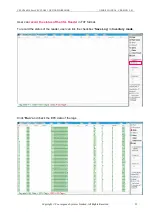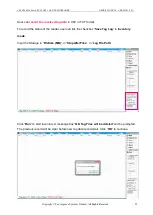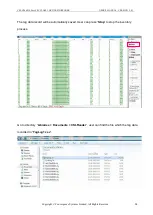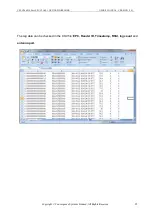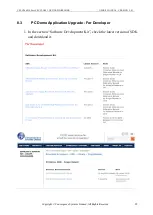
CSL CS468 16-Port EPC CLASS 1 GEN 2 RFID READER
USER'S MANUAL, VERSION 2.0.1
Copyright © Convergence Systems Limited, All Rights Reserved
85
7.13
Inventory Algorithm: Fix Q and Dynamic Q Algorithm (C# and
Java Demo App)
In CSL RFID readers, it consists of two main inventory algorithms (Fixed Q Algorithm and
Dynamic Q
Algorithm
). The variable Q algorithms differ in their mechanism for adjusting the Q
values at the end of each round. It also provides routines for the four tag access functions (read,
write, kill and lock).
Fixed Q Algorithm
This algorithm runs all inventory rounds with a single Q value. In this algorithm an inventory cycle
consists of one or more rounds, each of which will attempt to read every slot. The number of slots
to search is given by
. For example, a Q of 7 will cause the algorithm to search 128 slots on
each round. One word of caution, if the time it takes to run the round is greater that the frequency
hop time (and the session is 0) or
antenna dwell time (The duration time of each antenna port
in ms)
, the round will never complete.
Dynamic Q Algorithm
In this algorithm, the value of Q is dynamically adjusted based on the periodic evaluation of the
relative frequency of
RN16 (16-bit random or pseudo-random number)
timeouts versus EPC
timeouts. Each round is comprised of a Query and up to MaxReps QueryReps. The value of Q for
the subsequent round is determined by the results of the current round. If the number of RN16
timeouts is greater than the number of EPC timeouts multiplied by thresHi, Q is decremented
(presumed empty slots outnumber presumed collisions). If the number of RN16 timeouts is less
than the number of EPC time outs times thresLo, Q is incremented (presumed collisions
outnumber presumed empty slots). If the number of RN16 time outs falls between those two
values, Q remains unchanged.

